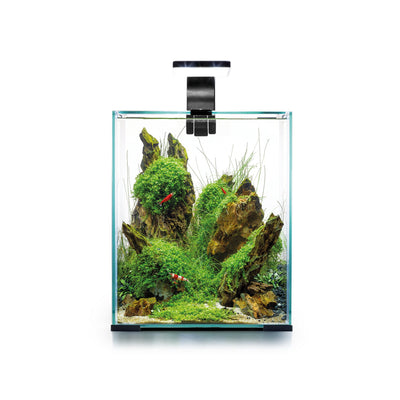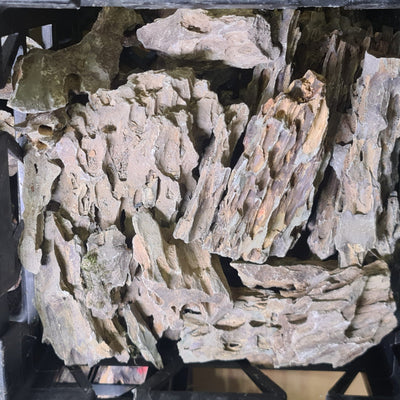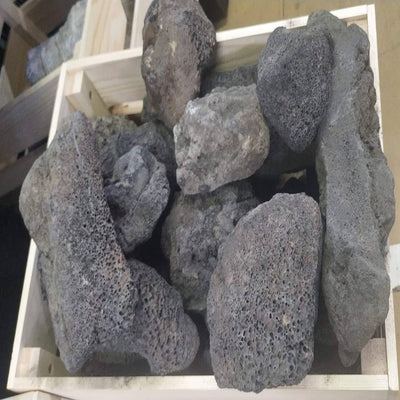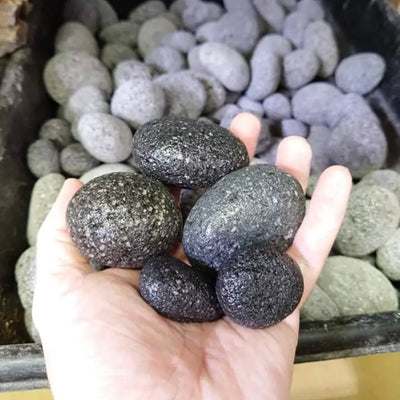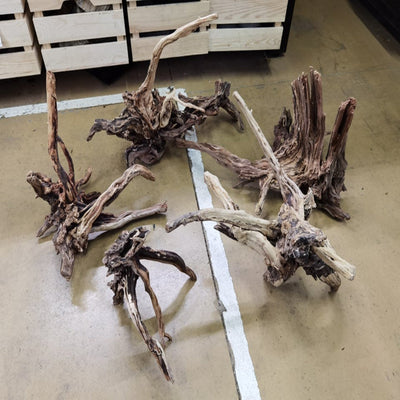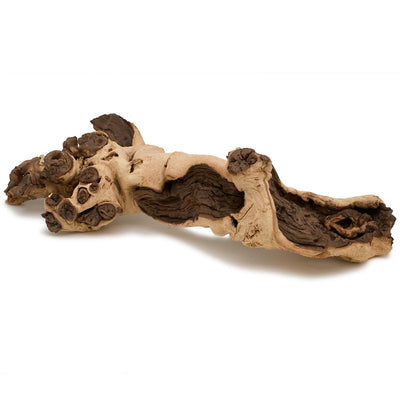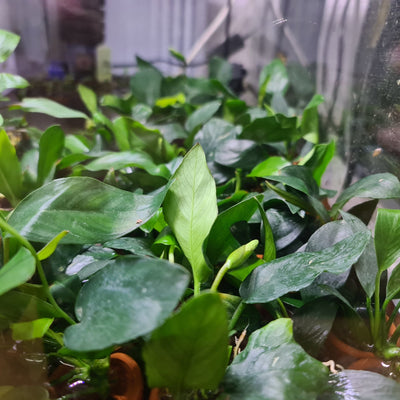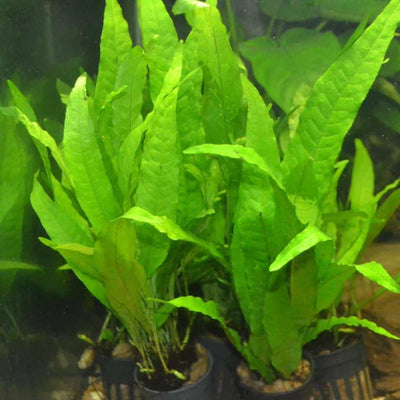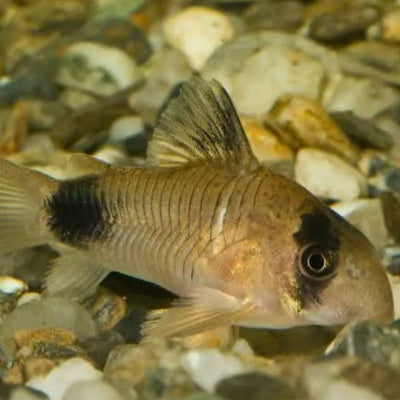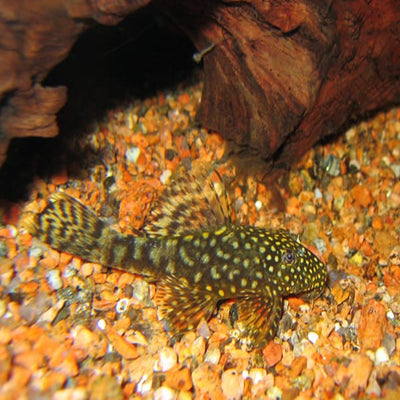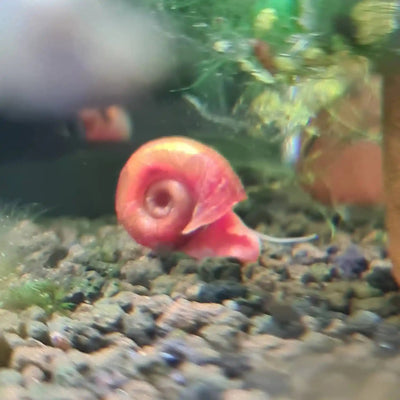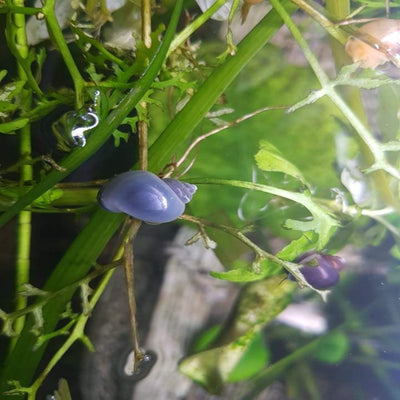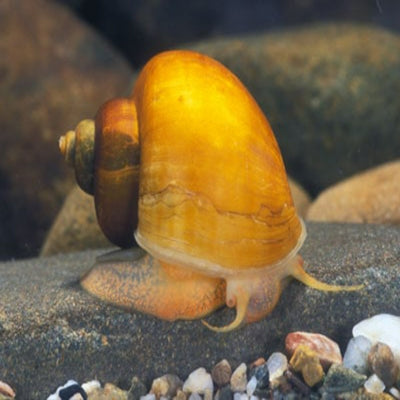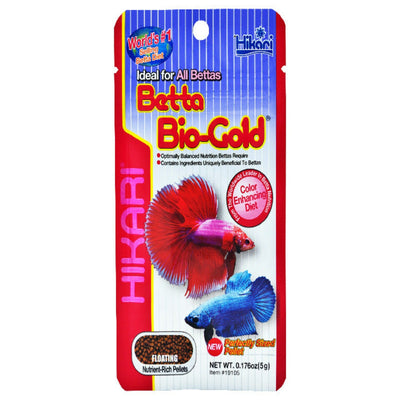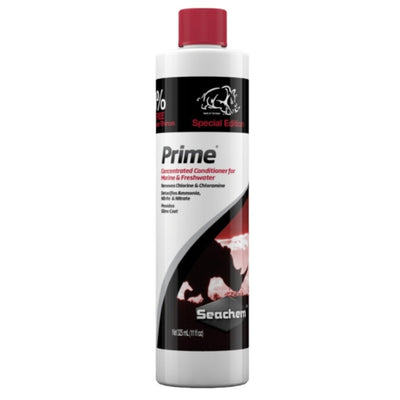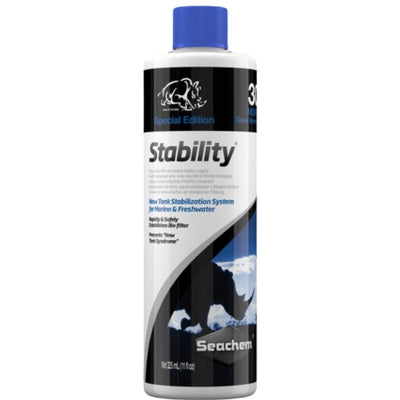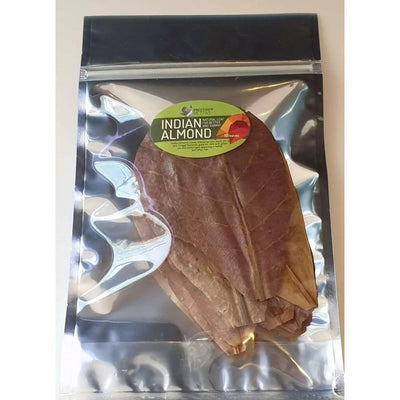Betta Fish Care: The Definitive Guide
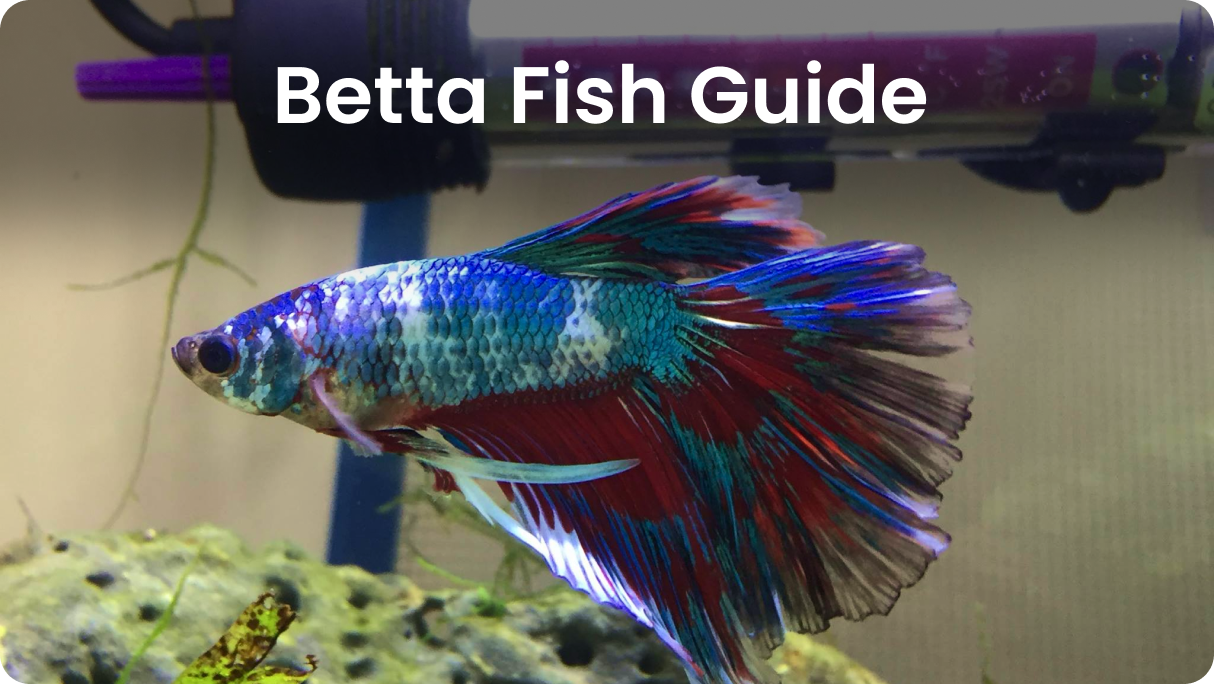
Betta fish, known for their bright colours and unique fins, are a popular choice for aquariums. They add character to any aquarium, but setting up and maintaining their tank requires careful attention and can be costly. This is our definitive guide to assist you in your Betta keeping journey.

Tank & Environment
The first step is choosing an appropriately sized aquarium for your fish. A common misconception is that Betta fish can live comfortably in small bowls or vases. This is a myth! A minimum size of 10 litres (or 3 gallons) is highly recommended.
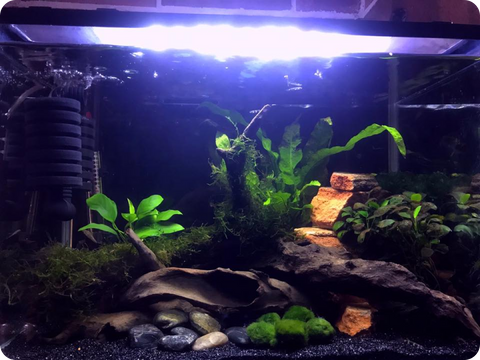
For Betta fish, a package like the Aquael Shrimp Set, available in sizes 10, 20, or 30 litres, is ideal. These tanks come with a light for plants, a heater, a filter, and a lid that fits well. It’s important to set up the tank with a good design, using elements like soil, rocks, and wood to create a natural environment. A well-designed tank not only makes the Betta happy but also enhances your experience.
Keep your tank near a power source for your equipment, in a lower-traffic area to minimise unnecessary disturbance, and away from direct sunlight and drafts, which can alter your water temperature drastically.
Remember, water is heavy! So, pick a location that is sturdy enough to support the weight of your fish tank.
Substrate & Hardscape
Every good aquarium starts from the bottom up. The substrate is the material infused with minerals at the bottom of your tank and plays a critical role in the health and happiness of your fish by providing necessary minerals.

For the substrate in a Betta fish tank, using a product like Oliver Knott Aquaearth Soil is recommended. Aim for a layer that is at least 2.5 to 5 cm deep. This type of substrate supports plant growth and maintains water quality.
The hardscape is the larger and more solid elements in the tank, such as rocks, wood, or ceramic structures. We recommend elements such as Seiryu Stones, Dragonstone, Black Lava, Smooth Lava, Quan Wood, or Mopani Wood. They provide hideouts and exploration opportunities for your fish.
Remember to rinse both substrate and hardscape with non-distilled water before adding them to the tank. When arranging these elements, aim for a natural look, considering design principles like the Golden Ratio for a pleasing aesthetic.
Plant Choices
Choosing the right plants for your Betta tank is simple. Start with sturdy plants like Anubias and Java Fern, as they are easy to care for.
It’s important that you balance out the plants and ensure there’s enough room left for your fish to swim freely. The key is to mimic their natural environment, which helps to maintain a happy and healthy Betta.
You can check out the Aquatic Plant Explosion to shop our full plant range.
Betta Varieties

Betta fish come in many varieties, each with its own unique colours and fin shapes. The most common types are the Halfmoon, with its large, full fins, and the Elephant Ear, known for its large pectoral fins that look like elephant ears. Another popular type is the Crown tail, which has spiky, crown-like fin edges.
Male Bettas are usually more colourful and have larger fins than females, and they are often the ones you’ll find in stores.
Bettas can be red, blue, purple, white, and many other colours, often with beautiful patterns. Some Bettas even change colour over time!
No matter which type of Betta you choose, each one brings its own special beauty to your aquarium. Remember, Bettas are known for their personality as much as their looks, so you’ll enjoy getting to know your fish’s unique character.
Tankmates
When choosing tankmates for your Betta fish, it's important to select peaceful and non-aggressive fish to avoid stress and conflict.
Neon Tetras, Cardinal Tetras, and even Rummy Nose Tetras are great choices as they are small, non-aggressive, and add a splash of colour to the tank.
Corydoras, a type of bottom-dwelling fish, Bristlenose, and Otocinclus can also coexist peacefully with Bettas.
When it comes to invertebrates, Red, Black, or Blue Ramshorn Snails and Gold, Blue or Purple Mystery Snails are also a great addition to your tank.
Avoid putting shrimps in the same tank as Bettas might see them as food.
It's crucial to ensure that the tank is spacious enough to accommodate all the fish without overcrowding. Remember, each fish species has its own needs, so ensure their environmental requirements, like water temperature and pH, are compatible with those of your Betta.
Food & Chemicals

Bettas are carnivores, so their diet should include high-quality, protein-rich foods like Hikari Betta Bio Gold, Fluval Bug Bites For Betta, or Live Black Worms. A feeding session once a day with an amount they can gobble up within 1-2 minutes should be enough.
Overfeeding can dirty the water, particularly in smaller aquariums. Any uneaten food should be cleared from the tank to avoid water pollution.
Bettas are tropical fish, which means they require a warm water temperature between 24-27 degrees Celsius. They also thrive in slightly acidic water, with an optimal pH range from 6.5 to 7.5.

It’s also crucial to maintain constant ammonia and nitrite levels of zero parts per million (ppm), whereas nitrate levels should be less than 40 ppm.
Tap water contains chlorine, chloramines, ammonia, and other harmful elements. Always use a water conditioner such as Seachem Prime to neutralise heavy metals and ammonia.
Conduct regular water changes every week, replacing 25-50% of the water. When refilling, always ensure that the new water’s temperature matches the existing tank water to avoid thermal shock.
Other products you may want to keep on hand include Seachem Stability and API Betta Fix. Seachem Stability is a bottle of beneficial bacteria. It can help reduce the time it takes to cycle your tank to 2 weeks. On the other hand, API Betta Fix is similar to API Melafix but watered down for Bettas. It provides a thin antibacterial lining for your Betta to assist in its recovery from Ich, Columnaris, and Oodinium.
Other Equipment
In addition to the basic setup for your Betta, there are other useful equipment pieces to consider.
For example, a resting leaf is a small platform that attaches to the side of the tank. Bettas like to rest near the surface, and this leaf provides a perfect spot for them to lounge on.
Also, consider adding Indian Almond Leaves to the water. These leaves release tannins that mimic the Betta’s natural habitat and have beneficial properties for their health. They also slightly tint the water, creating a more natural-looking environment.
Common Diseases & How To Avoid Them
Better fish can get sick, and it’s important to spot these illnesses early. Common diseases include:
- Fin Rot: Frayed or damaged fins and lethargy. It can be treated with improved water conditions and treatment with antibiotics.
- Ichthyophthirius (Ich): A parasite that affects fish and appears as small white spots on the body. If your fish is rubbing itself against objects, it might be a sign of Ich. Raise the water temperature and administer an Ich medication.
- Cotton Fin Fungus (Fish Cotton Wool Disease): White cotton-like growths on your Betta’s body and fins. Maintain a clean tank and use fungus medication.
- Bacterial Infections: Appears as red and inflamed scales, cloudy eyes, and a lack of energy. It’s treated with antibiotics.
- Swim Bladder Issues: Overfeeding often leads to bloating, swim bladder issues, and a buildup of uneaten food in the tank. Consider a balanced diet and avoid overfeeding.

Keeping Your Betta Fish Happy
How Often Should I clean My Betta Tank?
Keeping your Betta’s tank clean is really important. How often you clean depends on the tank size and if you have a filter.
Small Tanks (10 litres): Clean once a week and change 30-50% of the water.
Medium Tanks (20-30 litres): Clean every 2 weeks with a 10-15% water change.
Large Tanks (50 litres or more): Clean monthly, changing about 10% of the water.
Always wipe the tank sides, vacuum the gravel, and clean decorations and filter media.
How Do I Know If My Betta Fish Is Happy?
To know if your betta fish is healthy and happy, look for these signs:
- Colour & Appearance: They should have bright colours and smooth fins without any damage.
- Activity Levels: Healthy Bettas are active, eat regularly, react to you and their environment, and males might build bubble nests.
- Body Condition: Their bodies should be well-shaped, not bloated or with odd growths.
- Breathing: They breathe by moving water through their gills. If they’re gasping at the surface, they might be stressed or sick.
- Behaviour: Healthy Bettas explore their tanks, interact with other fish and sometimes flare their fins.


